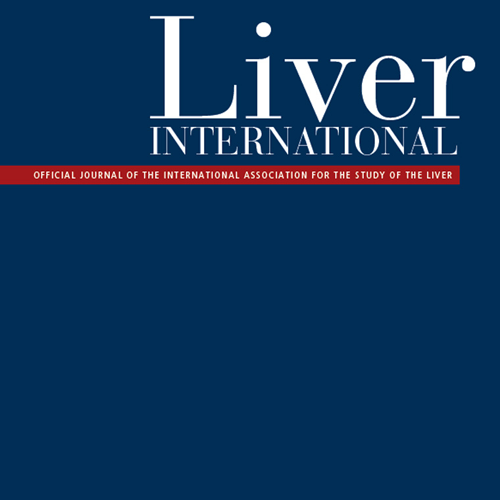Summary
Background & Aims
Advances in direct acting anti-viral treatment of HCV have reinvigorated public health initiatives aimed at identifying affected individuals. We evaluated the possible impact of only diagnosed and linked-to-care individuals on overall HCV burden estimates and identified a possible strategy to achieve the WHO targets by 2030.
Methods
Using a modelling approach grounded in Italian real-life data of diagnosed and treated patients, different linkage-to-care scenarios were built to evaluate potential strategies in achieving the HCV elimination goals.
Results
Under the 40% linked-to-care scenario, viremic burden would decline (60%); however eligible patients to treat will be depleted by 2025. Increased case finding through a targeted screening strategy in 1948-1978 birth cohorts could supplement the pool of diagnosed patients by finding 75% of F0-F3 cases. Under the 60% linked-to-care scenario, viremic infections would decline by 70% by 2030 but the patients eligible for treatment will run out by 2028. If treatment is to be maintained, a screening strategy focusing on 1958-1978 birth cohorts could capture 55% of F0-F3 individuals. Under the 80% linked-to-care scenario, screening limited in 1968-1978 birth cohorts could sustain treatment at levels required to achieve the HCV elimination goals.
Conclusion
In Italy, which is an HCV endemic country, the eligible pool of patients to treat will run out between 2025 and 2028. To maintain the treatment rate and achieve the HCV elimination goals, increased case finding in targeted, high prevalence groups is required.
Countries: Italy

